Investors often spend a good amount of time assessing the senior team and its ability to execute. Don’t forget to assess the senior team’s attitude to investors and whether they view themselves as a fiduciary to their investors or just view you as a source of capital.
• Hidden comp: Make sure you understand all the compensation the executives are given. Cars and housing are the top two that happen and go under the guise of “company” expenses. Make sure you know about any of those, and ask for data about how they are used. Frankly, if they exist at all in an early stage company, it is more likely than not a waste of investor money.
• Related party transactions: Get a full report on all related party transactions, meaning any contract with a company that is connected to an executive or someone close to the executive (e.g., a sibling or a partner/spouse). There is a high chance these are “sweetheart” deals whose economics don’t stand up. Whether you allow this going forward is up to you.
• Key person risk (inter-exec relationships): It’s pretty standard to understand who is “key” to the business’s success, but make sure you confirm how the key people are connected to each other. If one goes, will the others? Will each give their own opinion, or do they move in lockstep? If you have to make a personnel decision (fire) a key person, it’s helpful to know whether you will lose others in protest.



